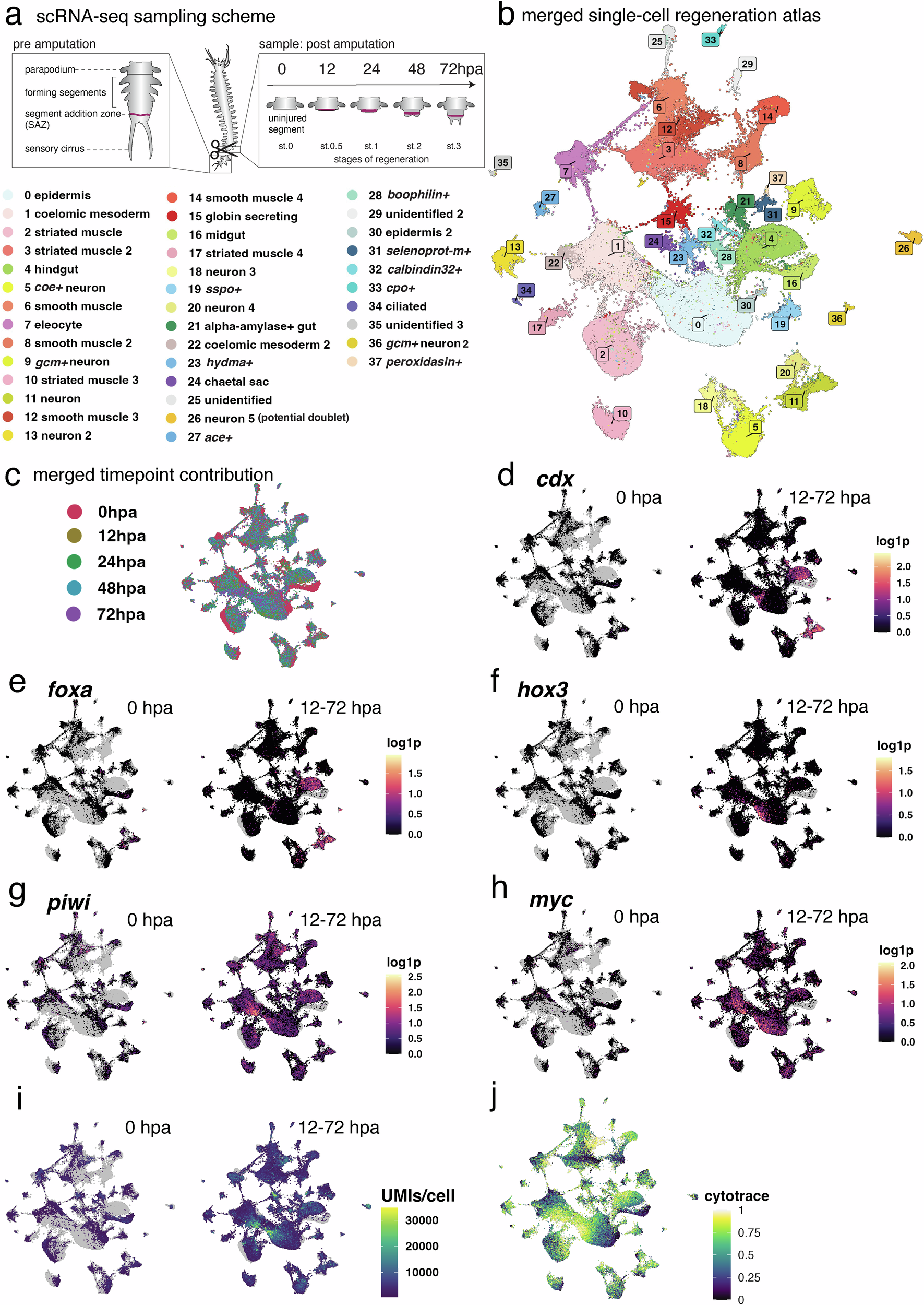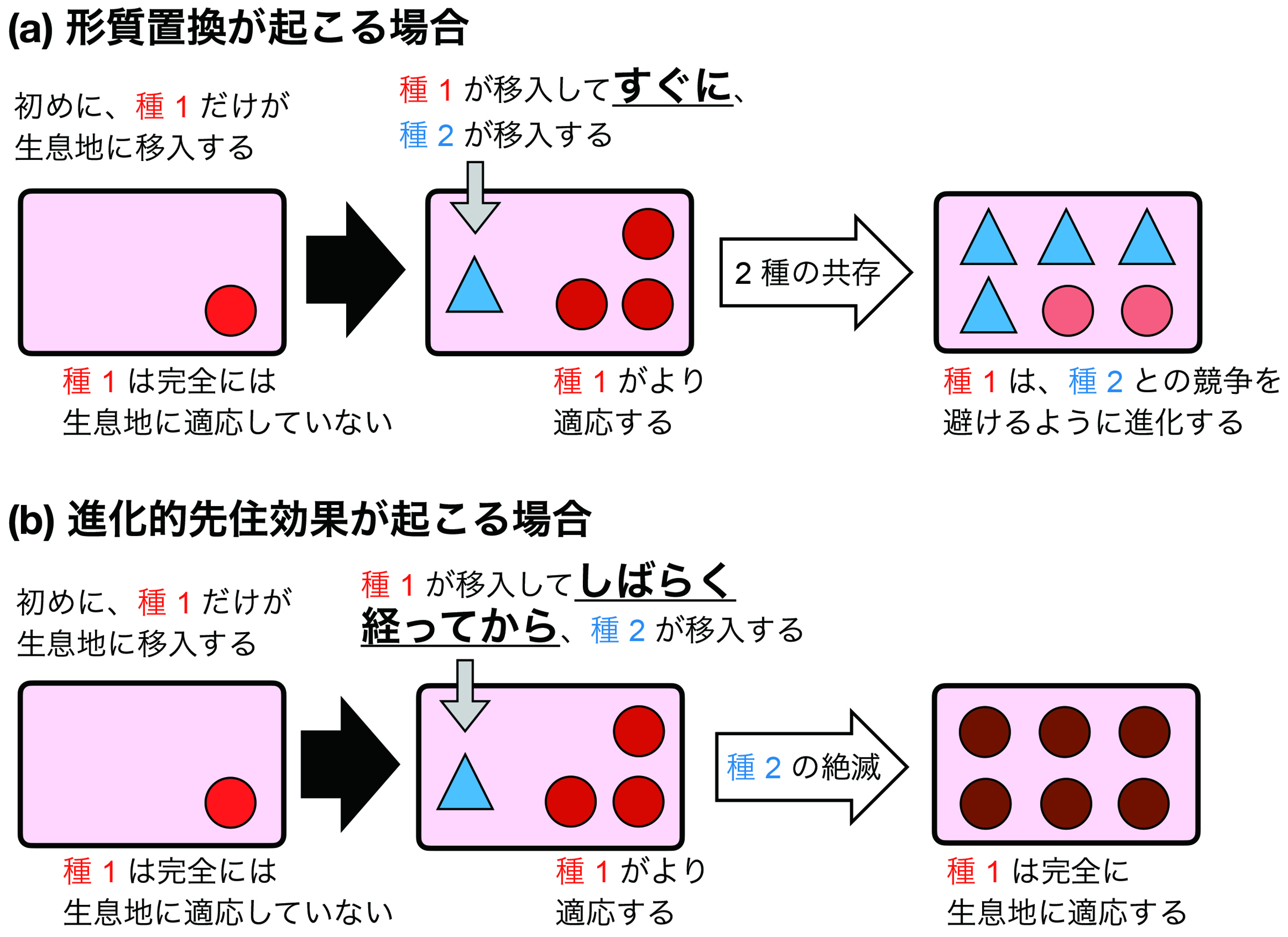2024-11-19 ロイヤルメルボルン工科大学(RMIT)
<関連情報>
- https://www.rmit.edu.au/news/all-news/2024/nov/food-aromas
- https://www.sciencedirect.com/science/article/pii/S0963996924013309
- https://ifst.onlinelibrary.wiley.com/doi/10.1111/ijfs.17306
- https://www.sciencetalks-journal.com/article/S2772-5693(24)00111-7/fulltext
- https://www.sciencedirect.com/science/article/pii/S2772569324000999
仮想宇宙船と微小重力姿勢(1-G)における食べ物の匂い知覚と感情反応-地上でのシミュレーションの可能性 Food odour perception and affective response in Virtual spacecraft and microgravity body posture (1-G) – Potential ground-based simulations
Grace Loke, Jayani Chandrapala, Anne Besnard, Kevin Kantono, Charles Brennan, Lisa Newman, Julia Low
Food Research International Available online: 19 November 2024
DOI:https://doi.org/10.1016/j.foodres.2024.115260
Graphical abstract

Highlights
- Odour perception compared between microgravity posture and simulated spacecraft.
- Stronger odour intensity perception found in a Virtual Reality spacecraft context.
- Individual variation in odour sensitivity determined for almond and vinegar odours.
- Aroma attributes of volatile compounds may influence changes in odour perception.
- Emotional and stress responses are correlated with the perception of select odours.
Abstract
This study investigates food odour perception and affective response within a virtually simulated spacecraft environment, with links to the volatile composition of odours. Healthy participants (n = 44) between the ages of 18–39 years rated the intensity of eight food odours in two simulated space environments for comparison, a ‘microgravity’ posture (MicroG Posture; physical) and Virtual Reality (VR; visual-spatial cues) simulation of a spacecraft. Results indicate that these methods yield different outcomes. Particularly, odour intensity perception was significantly higher in VR compared to the MicroG Posture for all odours (p < 0.05), except lemongrass. Moreover, individual differences in odour sensitivity were observed, with low-sensitive individuals (n = 14) perceiving stronger almond odour (p < 0.001) and highly sensitive individuals (n = 29) perceiving stronger vinegar odour (p = 0.003) in VR. Emotional dimensions of valence and arousal were also significantly higher (p < 0.001) in VR, while stress response remained low across contexts (all p > 0.05). While emotional and stress responses did not generally affect odour intensity perception, valence was positively correlated with almond and vinegar odour perception, while stress was negatively correlated with vinegar odour perception. These findings suggest that odour perception and affective response may vary in virtual space contexts, with certain individuals exhibiting sensitivity to specific odours due to their unique flavour profiles. This highlights how confined, cluttered environments, reminiscent of space conditions, affect sensory responses to food, with implications for personalised dietary interventions and improved well-being in similar populations.
仮想宇宙船における嗅覚知覚?官能データ収集への地上ベースのアプローチ Smell perception in virtual spacecraft? A ground-based approach to sensory data collection
Grace Loke, Hirdesh Chand, Jayani Chandrapala, Ian Peake, Anne Besnard, Kevin Kantono, Gail Iles, Charles Brennan …
International Journal of Food Science & Technology Published: 16 July 2024
DOI:https://doi.org/10.1111/ijfs.17306

Summary
The study explored context-driven food odour perception with links to chemical profiling of flavour compounds. Participants rated the intensity of three food odours (vanilla, almond, lemon) in a Neutral context and VR simulation of the International Space Station. The study involved 54 adults aged 18–39 years with no history of motion sickness and/or vertigo. The VR context demonstrated significantly higher intensity ratings for vanilla (P = 0.009) and almond (P < 0.001) odours, compared to the Neutral context. Clustering based on perceived intensity identified that those less sensitive to the odours perceived significantly stronger almond odour in VR (P = 0.011). Gas chromatography–mass spectrometry analysis linked these findings to benzaldehyde, a common compound in both vanilla and almond odours. Therefore, a VR space context may impact odour perception, subject to their volatile composition and individual sensitivity. This underscores VR’s potential as a ground-based analogue for future sensory research, translating across similar settings beyond the space context.
宇宙空間における食の感覚に対する没入型環境設定の基礎を探る Exploring fundamentals of immersive environment setups on food sensory perception in space contexts
Alicia Tran ∙ Julia Low ∙ Lisa Duizer
Science Talks Published:October 30, 2024
DOI:https://doi.org/10.1016/j.sctalk.2024.100403


Abstract
Research suggests that space travel alters sensory perception, however, it is not yet clear what individual factors affect this perception. Taylor et al. (2020) emphasised the importance of tailoring strategies to enhance palatability and intake based on individual differences. This study aims to evaluate how an immersive space-like environment, created using screens, influences food odour perception and emotional responses. Specifically, it explores the setup of immersive screen studies to assess sensory perception and affective responses over time, considering factors such as lighting conditions in dark versus bright rooms. 29 participants were involved in a crossover design experiment in which they watched a 20-min video of a rocket launch, accompanied by environmental sounds at 70 dB, following NASA’s International Space Station noise constraints. The participants were randomly assigned to evaluate the video in either a dark or bright room. The rocket launch video was chosen for its emotional impact, as it can induce awe and self-transcendent experiences, like the “Overview Effect” experienced by astronauts. Participants assessed the intensity of three food odours (vanilla, citrus, and almond) at four time points: just after takeoff, and at 5, 10, and 15 min. Measurements included liking (9-point hedonic scale), intensity (Labeled Magnitude Scale), and emotional responses (using 39 terms from the EsSense Profile). Results showed that for vanilla and almond, odour liking remained consistent over time, regardless of lighting conditions. However, for citrus, liking increased over time in the dark room. An inverse relationship between positive and negative emotions throughout the immersion period was observed, highlighting the importance of time in evoking emotional responses. Emotions during testing with the immersive screens were generally positive, such as feelings of ‘calm’, suggesting that the methodology may not be entirely suitable for simulating the more cluttered and isolated environment of a space shuttle.
宇宙食の感覚データを収集するための地上アナログとしての仮想現実宇宙船環境の開発(‘Food in Space’) Development of a virtual reality spacecraft environment as a ground-based analog for collecting space food sensory data (‘Food in Space’)
Julia Low, Grace Loke
Science Talks Available online: 22 August 2024
DOI:https://doi.org/10.1016/j.sctalk.2024.100391
Abstract
The present study aimed to address the potential of ground-based food and sensory research in representing the isolated and confined environment of a spacecraft. Virtual Reality (VR) technology was employed to simulate the experience of perceived isolation and confinement within space. The VR simulation emulates the International Space Station in low Earth orbit, comprising interconnected space modules equipped with integrated sensory analysis tools for evaluating food odor cues within the VR environment (‘Food in Space’, Supplementary A). In our first experiment, 44 healthy participants were asked to rate the intensity of three commercially available food odor samples (vanilla, lemon, almond) and a control on a 5-point Likert scale, in the neutral sitting posture, a NASA-Neutral sitting posture (mimicking a ‘microgravity’ posture using a commercial ‘Zero-gravity’ outdoor chair set at 122–124°), and within the VR simulation. This first phase revealed large individual variations across odors. Importantly, there were no significant differences for most odors when the odor perceptions of the three odors between the neutral and ‘microgravity’ neutral postures were compared. However, there were significant differences for select odors between VR and both the postures (Supplementary B) indicating that the VR ‘Food in Space’ environment may impact odor perception differently across odors. A second pilot study with 16 participants evaluated four food odor samples (vanilla, lemon, almond, eucalyptus) and a control across different contexts (baseline control, virtual reality) and time points during virtual reality. The emotional responses during the experiences were also evaluated explicitly using validated scales such as the Self-Assessment Manikin (SAM) and the short-formed Positive and Negative Affect Schedule (PANAS-SF). This second phase revealed that participants’ descriptions of their emotional responses underwent changes before and after their virtual reality experiences. Terms used were generally more neutral and positive before VR (e.g., ‘interested’, ‘attentive’) and more negative after spending an average of 9 min 35 s in virtual reality (e.g., ‘nervous’, ‘guilty’). There was also variation across participants in terms of emotional responses and odor intensity perception (blank control) especially after spending a longer time in the virtual reality environment (Supplementary C). This exploratory study underscores the potential of using VR technology as a space analog to simulate context for studying sensory responses in relation to food as the current data matches anecdotal eating behavior of space travelers. Personal variation in odor perception should also be taken into consideration, especially in creating personalized meal plans for space applications.


